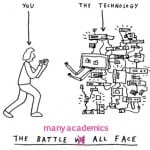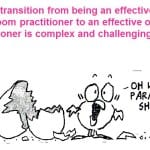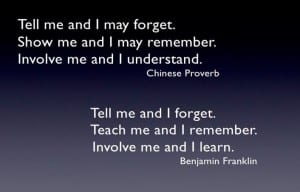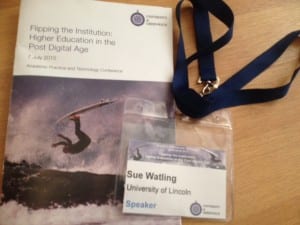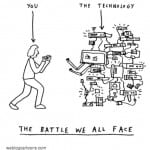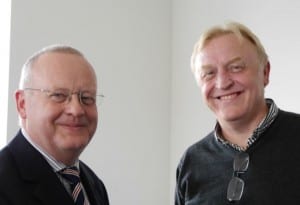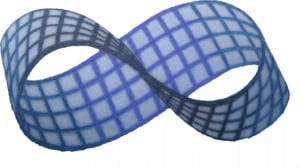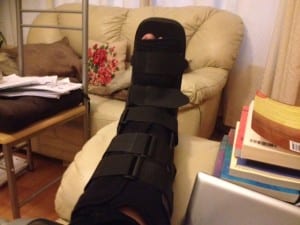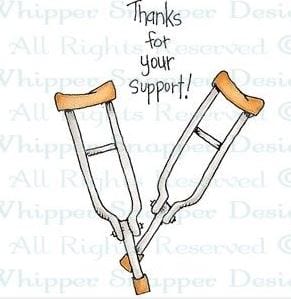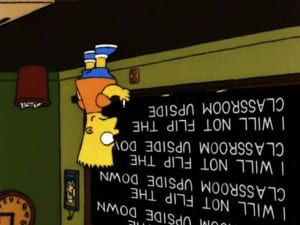I’ve finally uploaded my presentation for the Blackboard International Conference #BbWorld15 taking advantage of the time difference to interpret Thursday US as Friday UK. Phew! It’s been a bit of a rush. I’ve adapted two of my favourite slides to talk about institutional adoption of technology – this time drawing on TELEDA to explore the academic perspective. Not everyone views technology in the same way. Some colleagues who teach and support learning are fine with exploring and experimenting – they use a range of technology and understand how it enhances and empowers the student experience. Others are a little less enthusiastic and I know how they feel. Anyone who works with me can see if the technology can go wrong it’s me it goes wrong with. Me and the Digital don’t go together too well. It’s hard work but generally worth it because for me the benefits outweigh the challenges.
TELEDA has shown the value of experiential learning when it comes to getting up close and personal with VLE like Blackboard. Internet access has posed a challenge to traditional notions of what it means to be an academic. It isn’t enough to put content online and hope for the student to arrive and engage with it. To create successful online education involves relearning the pedagogies of face to face teaching and applying them to the digital environment instead. It can be done but it takes time and time is the one thing we are all short of.
Many people still make assumptions about digital capabilities. This risks initiative failure for example when establishing baselines of digital capabilities we need to talk to the digitally shy and resistant – not just the innovators and adopters- and it would help to shift from a technology-training approach to a teaching-pedagogies one. Blackboard support needs to be contextualised so it’s relevant and meaningful – one way is to apply the experiential learning cycle – relocate staff as students on VLE – give online tasks and build more critical reflection. Opportunities like TELEDA suggest more explicit ‘teaching-not-training’ links with CPD/staff development activities could be useful. The TELEDA research indicates this aids the shift from Blackboard as repository to Blackboard as generator of learning activities. Bring on Blackboard World2015. Lets see if anyone else agrees!
